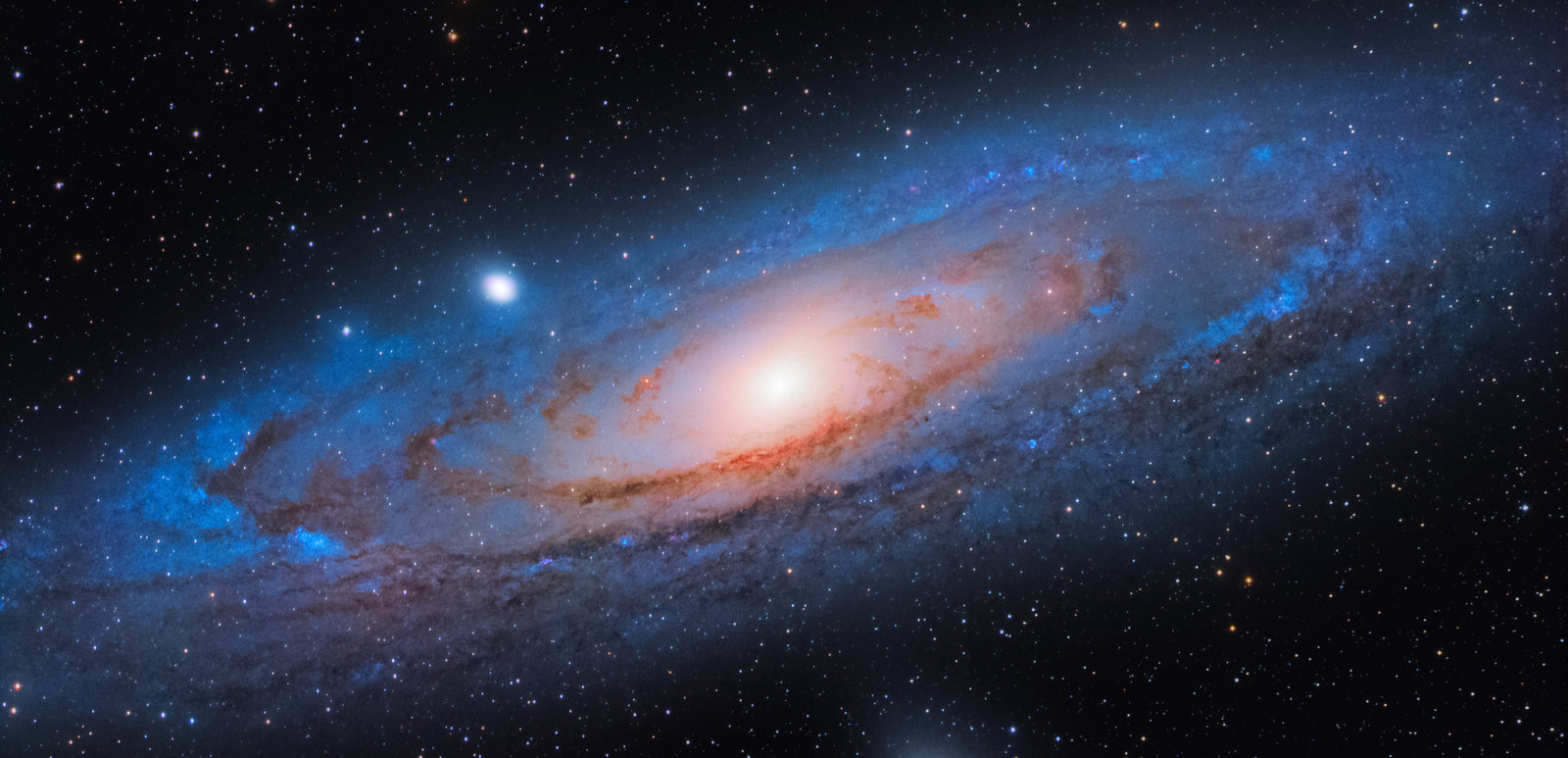When looking up at the night sky, you'll often notice a thin veil of moisture covering the telescope lens. This is dew, which comes from either ground-level air or air near the top of clouds. The dew can affect your telescope's performance, so it's vital to keep it dry by using a dew heater.
How do you use a dew heater?
Lenses on telescopes collect a lot of moisture due to the heat from the sun. Many astronomers use dew heaters to keep these lenses from fogging up and blocking their view.
Do I need a dew heater controller?
Dew Controllers allow you to manage the level of heat being distributed to your dew heating strip or your heated dew shield. This enables you to dial in the heat for the best images. If you plan to do astrophotography but don't have a dew heater controller, you may experience blurry photos from the dew on your lens. A dew heater controller will help fine-tune the amount of moisture forming on your lens and causing blurry images.
Where should a dew heater be placed?
If you use a telescope with a metal dome, the best place to put a dew heater is on the dome where the lens will be attached. Make sure that it isn't too close to anything. To ensure that your telescope dew heater doesn't obstruct other parts of the telescope eyepiece or lens, you should put it on the outside of the dome. You can use dew heater straps to position everything neatly together.
How much power does a dew heater use?
A dew heater uses under 50 watts — less than a light bulb. You can power a USB dew heater and controller with your USB port or outlet in your car, so you don't have to worry about carrying around a bulky power cord.
How hot should a dew heater get?
The temperature at which you should set a dew heater depends on the lens type you're using and the humidity level in the surrounding environment. When taking photographs of astronomical objects, the lens should be warmed to approximately 40 degrees Celsius OR 104 degrees Fahrenheit.










